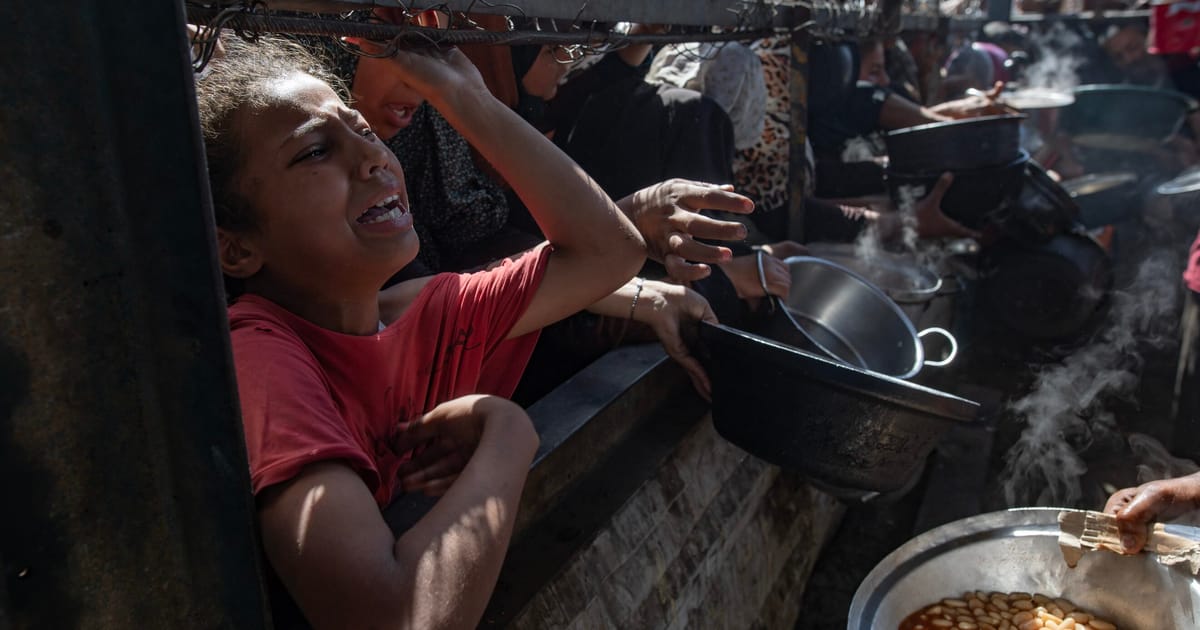

Recent developments in both the Middle Eastern region and Southeast Asia reflect a landscape fraught with tension and humanitarian challenges. In the Middle East, particularly in Gaza, a temporary halt in military activities hints at the hope for increased aid flow, while political leaders attempt to mediate peace efforts. Concurrently, Southeast Asia witnesses a complex border dispute between Thailand and Cambodia, intertwined with historical rivalries and international interventions.
In Gaza, the Israeli military has introduced “tactical pauses” in its operations, seeking to alleviate the dire humanitarian situation by allowing some humanitarian aid into the territory. These pauses are limited to designated areas for fixed periods each day and aim to ease the ongoing food scarcity that the World Health Organization has described as being on a “dangerous trajectory.” Despite these efforts, concerns remain, as the flow of aid is minimal, and the crisis, exacerbated by a prolonged blockade, continues to grip the region.
International figures such as UK Prime Minister Keir Starmer are actively involved in promoting ceasefire talks. Starmer’s dialogue with U.S. President Donald Trump underscores global apprehensions and the urgency to resume negotiations between Israel and Hamas. The humanitarian conditions in Gaza call for sustained diplomatic engagement to prevent further deteriorations and to endeavor toward a lasting resolution.
Meanwhile, the border conflict between Thailand and Cambodia exemplifies the complexities of regional geopolitics. Historical disputes over maps from colonial times have resurfaced, igniting clashes along the contested borders. The current tensions are compounded by personal animosities between past leaders such as Hun Sen and Thaksin Shinawatra. These personal dynamics add layers to an already intricate situation, as both governments face increasing pressure to end hostilities. Regional peace talks in Malaysia are being organized, with international attention focused on achieving a peaceful settlement.
The challenges in Gaza and the Thai-Cambodian border dispute underscore the essential role of international diplomacy in resolving conflicts. Heightened efforts by international bodies like the United Nations to maximize “humanitarian pauses” and by regional leaders to initiate diplomatic conversations are crucial steps toward addressing the immediate needs and working toward long-term peace. In essence, these initiatives highlight a collective responsibility towards creating an environment where humanitarian aid and constructive dialogue are prioritized.
These interconnected global scenarios remind us of the enduring nature of conflicts influenced by both historical grievances and present geopolitical intricacies. They also offer a glimpse into the various pathways through which peace may gradually be pursued—whether through strategic ceasefires or sustained diplomatic engagements. Amidst the challenges, the move towards collaboration and understanding remains a beacon of hope for affected regions. As diplomatic efforts continue, the goal remains clear: to alleviate suffering and forge a more peaceful and stable future.
Source: {link}
